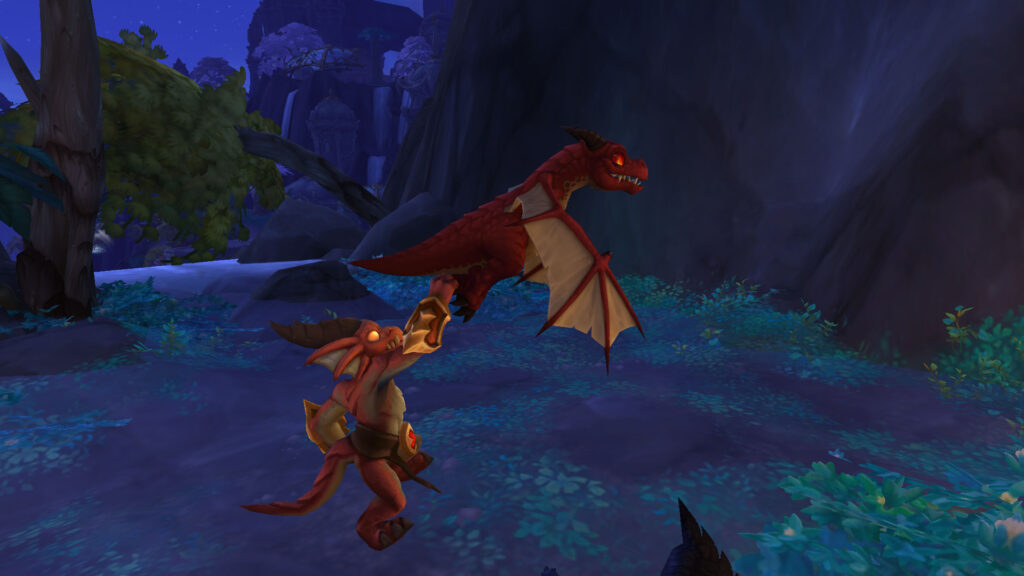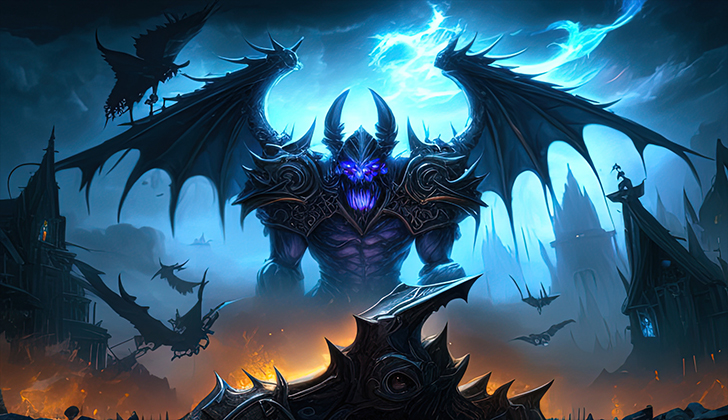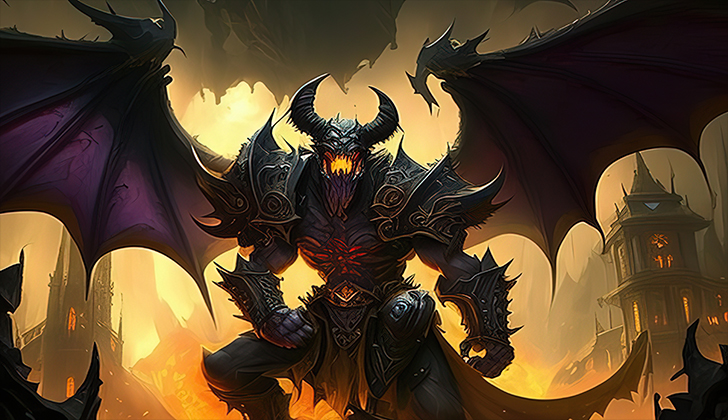World of Warcraft (WoW) was one of the most popular and successful online role-playing games in history. It had a meteoric rise from 2004 to its peak in 2010, becoming an iconic part of gaming culture and generating billions of dollars for Blizzard Entertainment, its developers. However, since then it has seen a steep decline in popularity. In this article we will explore what caused WoW’s rise and eventual fall by examining metrics such as concurrent players, revenue generated, and overall impact on the industry; analyzing game design missteps; comparing it to newer titles; and looking at changing market dynamics. Our goal is to provide an objective look at this once dominant title so that we can better understand why it has become less relevant. Let’s start by looking at the meteoric rise of World of Warcraft.
I. Overview of World of Warcraft’s History
World of Warcraft was released on November 23, 2004 and is still going strong today. It has sold over 15 million copies since launch, making it one of the most successful video games ever created. At its peak in 2010, WoW boasted 12 million concurrent players—a figure that had never been seen before in the gaming industry and a testament to the game’s immense popularity. Additionally, WoW generated $1 billion annually for Blizzard Entertainment, signifying its tremendous economic impact. But perhaps the greatest way that World of Warcraft changed gaming culture was through its impact on eSports; with tournaments held around the world and professional gamers competing for large cash prizes, WoW helped pave the way for competitive gaming as we know it today. All things considered, World of Warcraft’s meteoric rise was nothing short of remarkable.

II. Examining Metrics During WoW’s Heyday (2004-2010)
When World of Warcraft was released in 2004, it quickly took the gaming world by storm. Metrics such as concurrent players and revenue generated indicate that WoW played an instrumental role in shaping gaming culture during its heyday. According to Activision Blizzard’s annual reports from 2006-2010, WoW consistently boasted 12 million total subscriptions, with a peak of 12.5 million concurrent players reported in 2009 alone. This is nearly double the amount seen by other popular MMORPGs at the time such as Final Fantasy XI and Runescape.
In terms of economic impact, WoW’s influence went beyond simply generating considerable sums of money for Blizzard Entertainment—it also helped establish gaming as a legitimate industry within the mainstream economy. During its heyday, WoW generated an estimated $1 billion in annual revenue for Blizzard, demonstrating the incredible potential that video games had for generating income. Combined with its success as an esport and major influence on gaming culture, it’s no wonder why World of Warcraft was so popular between 2004-2010.
III. Analyzing Game Design Missteps
While World of Warcraft was undoubtedly a success in its heyday, it also made some game design missteps that contributed to its eventual fall from grace. One such mistake was the introduction of “phasing” in the Burning Crusade expansion, which changed the world and how players experienced content. This mechanic meant that content could change dynamically depending on who was playing at what moment—which was an impressive feat from a technical standpoint but one that confused and frustrated players. Additionally, Blizzard’s tendency to “over-balance” classes led to players feeling like their characters weren’t strong enough or competitive compared to others. Lastly, some game design decisions simply failed to keep up with player expectations or trends in newer games; for example, WoW’s lack of open world content and focus on the traditional dungeon-crawling experience was seen as outdated compared to more modern games. Ultimately, these game design missteps hindered WoW’s ability to compete with newer titles.

IV. Comparing WoW to Newer Titles
As newer titles began to emerge in the market, WoW’s popularity began to wane. Games such as Elder Scrolls Online and Final Fantasy XIV offered players more engaging gameplay experiences with open world content, something that WoW had failed to do. Even Blizzard’s own Diablo III, which released just two years after WoW, boasted features like randomized levels, deeper character customization options, and an enhanced endgame experience—all of which were missing from World of Warcraft at the time. As a result, many players who had stuck with WoW for so long decided to turn their attention to these newer titles instead.
In addition to overall game design, other contributing factors included changing marketing strategies and customer service policies. WoW’s subscription-based model had been decreasing in popularity for quite some time, and newer titles like Destiny 2 were beginning to offer free-to-play options with microtransactions. Meanwhile, customer service issues such as banning people who simply expressed their opinion on forums also damaged players’ perception of the game. All of these factors combined to put WoW at a competitive disadvantage compared to newer titles.
Overall, while World of Warcraft was once one of the most popular online role playing games in history, its decline can largely be attributed to game design missteps, competition from newer titles, and changing market dynamics. Despite this downturn in popularity, it is still regarded as an iconic title that has played an instrumental role in shaping the gaming landscape.
V. Analysing Changing Market Dynamics
As the gaming landscape continues to evolve, so too do the dynamics of the market. During WoW’s heyday in 2004-2010, subscription-based models were still very much in vogue and players were willing to pay monthly fees for content. However, as time went on, this model began to decline in popularity with players gravitating more towards free-to-play models supported by microtransactions. This shift was due to an increased emphasis on convenience and flexibility; many gamers simply didn’t have the time or money to commit to a subscription service but could still enjoy games through microtransaction purchases.
Additionally, customer service policies also played a role in changing market dynamics. As titles like World of Warcraft had such a large player base, issues like banning gamers for simply expressing their opinion on forums caused serious damage to the game’s reputation. As a result, many players began to look elsewhere for their gaming fix due to these customer service issues.

Ultimately, changing market dynamics have played a key role in World of Warcraft’s decline in popularity. By understanding these dynamics, we can gain a better insight into why WoW’s heyday has come and gone and what games have taken its place.
VI. Conclusion
In conclusion, World of Warcraft was once one of the most popular online role playing games in history. However, as time went on and newer titles were released, its popularity began to wane due to game design missteps, competition from newer titles, and changing market dynamics. Despite this downturn in popularity, WoW remains an iconic title that has shaped the gaming industry for decades. By understanding what factors have caused it to become less relevant, we can gain a better insight into how to create successful video games moving forward. Additionally, by examining market shift trends such as subscription-based versus free-to-play models and customer service policies, we can gain valuable insights into how to keep players engaged with our products over time. In short, while World of Warcraft may no longer be the juggernaut it once was, its influence will continue to shape the gaming landscape for years to come. Check our main page for more WoW tips!
